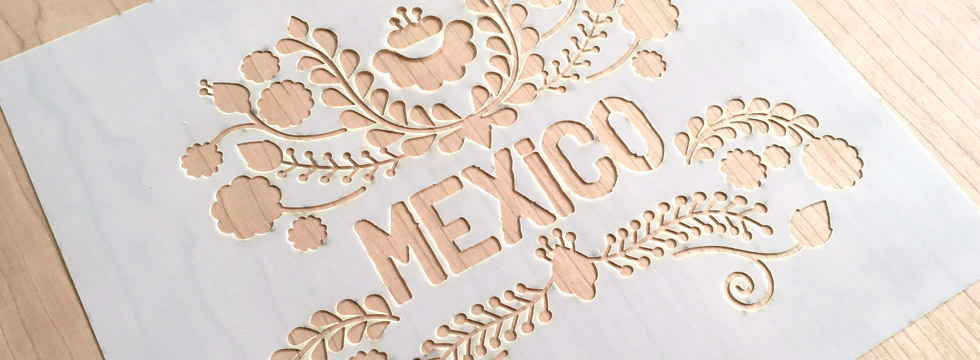HS SS Art 2018
What is the history of ideas?
The History of ideas is about the history of people thinking. It is a field of research in history deals with change of human ideas over time.
What is Art?
Art is the application of human's creativity and imagination in a visual form such as painting, drawing, or sculpture.

When was watercolor invented?
Watercolor was used since the ancient Egyptian time. The first watercolor that was invented for art was invented in 1780 by William Reeves. The watercolor was used because it's easy to make.
My favorite watercolor artist is Vincent van Gogh, I chose Vincent because I think his art is really interesting and amazing. My weakness is blending and mixing each color.
The techniques we learned:
1. Flat wash
2. Graded wash
3. Wet on wet
4. Wet on dry
5. Dabbing with a tissue
6. Wash with salt
7. Wax resist
8. Sgraffito
9. Straw
10. Dry brush
History of PopArt:
PopArt began in the 1950s and became popular in 1960s. It started in the United Kingdom but became a true art movement in New York City.
PopArt facts:
• There's a similar sounding type of art called Op Art.
• Pop Art artists wanted to make art for the masses.
• The first use of the word "pop" to describe art was by Scottish artist Eduardo Paolozzi.
Famous PopArt artists:
Keith Haring
Andy Warhol
Roy Lichtenstein
Jasper Johns
Color Theory
Color theory is a body of practical guidance to color mixing and visual effects of a specific color combination.

Color Terms:
• Hue: Refers to one of the 12 colors on the color wheel.
• Shade: A color darkened with black
• Tone: A color lightened with white
• Tint: A color lightened with white
• Saturation: The intensity/purity of a color
• Value: The lightness or darkness of a color

Color Harmony:
• Monochromatic: One color with various shades, tones, or tints.
• Analogous: Colors that are side-by-side on the color wheels
• Complementary: Colors that are opposite on the color wheel. Complementary colors are high-contrast and high-intensity
• Split-complementary: Any color on the color wheel + the 2 that flanks its complement
• Triadic: 3 colors that are evenly spread on the color wheels
• Tetradic/Double-complementary: 2 pairs of complementary colors

Street Art/Graffiti
Street art is visual art created in public places. Its purpose is to draw what the viewers know. Street art artists want everyone to view there work. They are trying to make statements.
Street Art Techniques:
• Spray
• Stencil
• Liquid paints
• Murals
• Tiles
• LED
• Sculptures
• Posters
• Street Installation
• Lego
• Origami

Street art Artists`
• Banksy
• King Robbo
• Hanksy
• Colette Miller
• David Shillinglaw
Graffiti is a drawing or writing scribbled or sprayed on a wall or other surface in public place. Graffiti artists are not interested in public understanding their work, they want to speak to other artists.
Stencils
A stencil is a thin sheet of cardboard, plastic, or metal with a pattern or letters cut out of it, used to produce art design by painting over stencils so the paint goes through the hole.



Comments
Post a Comment